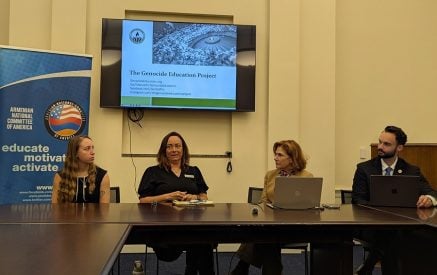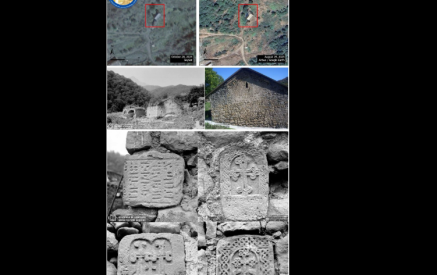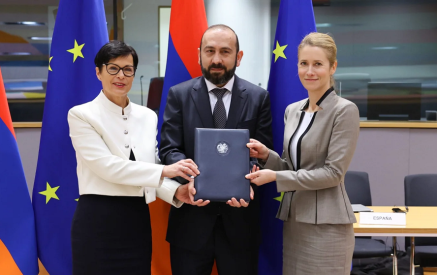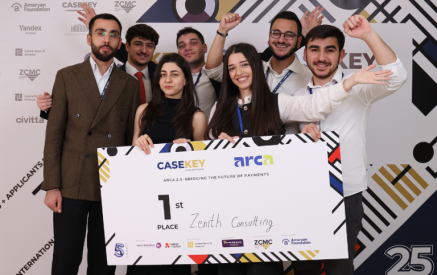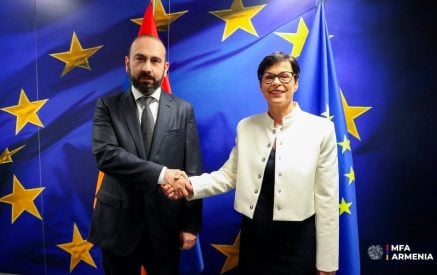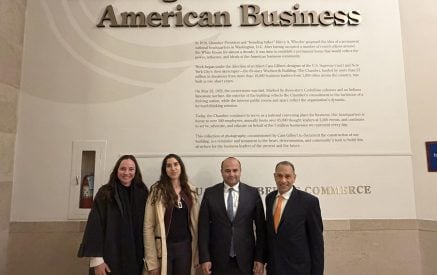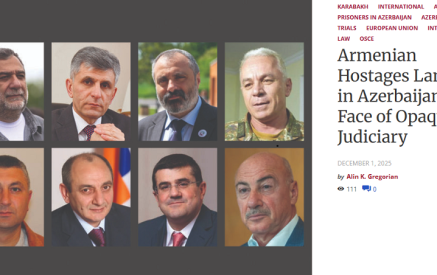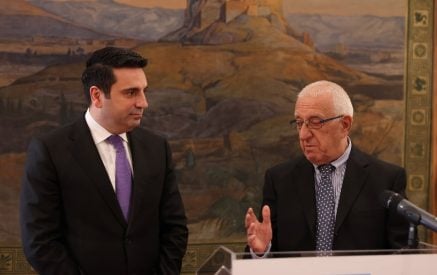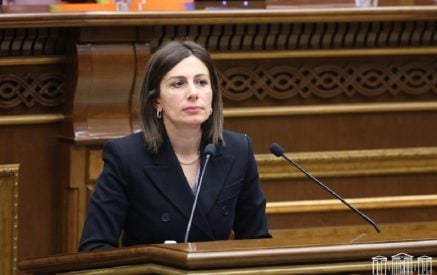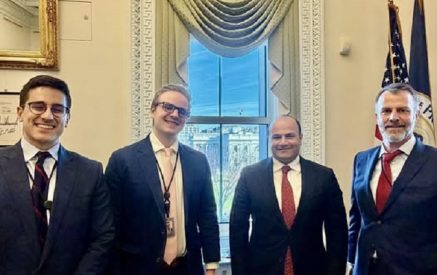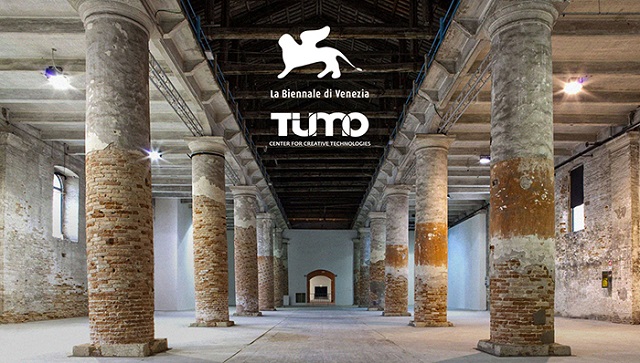TUMO’s “Learning to Learn Together” installation at the Biennale will explore the future of learning and showcase the international network of TUMOs. The installation is based on a forest of computer-generated “lifelines” that give voice to teenagers from Yerevan and Stepanakert to Berlin and Beirut. The participants of the exhibition will be able to “enter into a dialogue” with TUMO students and learn about their daily life, as well as their dreams and aspirations.
This year, the Biennale will focus on the new challenges currently facing the world, especially those related to architecture, and will propose solutions to these challenges. For this reason, the list of participants is as comprehensive as possible, including not only the entire architectural community, universities and major studios, but also artists, politicians, and journalists. This year’s Biennale curator is Hashim Sarkis, Dean of the Department of Architecture and Urban Planning at Massachusetts Institute of Technology.
“We need a new spatial contract. In the context of widening political divides and growing economic inequalities, we call on architects to imagine spaces in which we can generously live together,” said Sarkis in an opening statement for the Biennale.
The Architecture Biennale, which is being held one year late due to the pandemic, is part of the Art Biennale founded in 1895. The main purpose of the Biennale, held every two years since 1980, is to offer architectural solutions to societal and technological problems. Despite the Bienniale’s international orientation, it also allows architects from around the world to present new projects of local significance. This year, 112 projects from 46 different countries will be presented at the Biennale. The Biennale is divided into two main sections: The permanent pavilion in the Biennale Gardens as well as the Arsenal, which hosts projects from numerous nations under one roof.



















